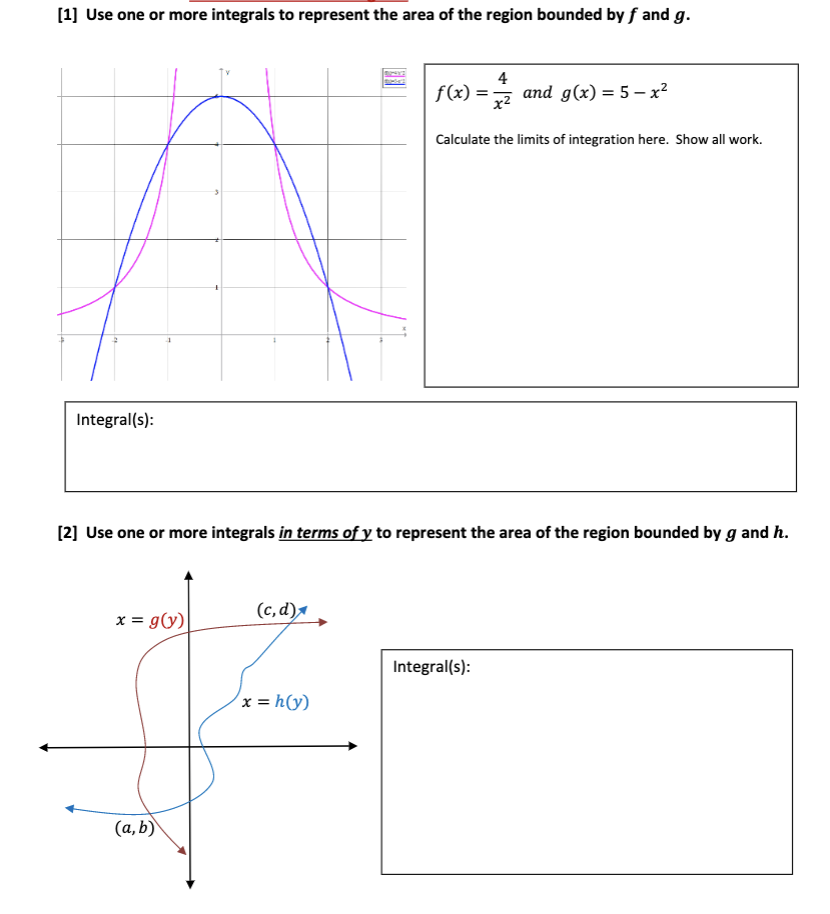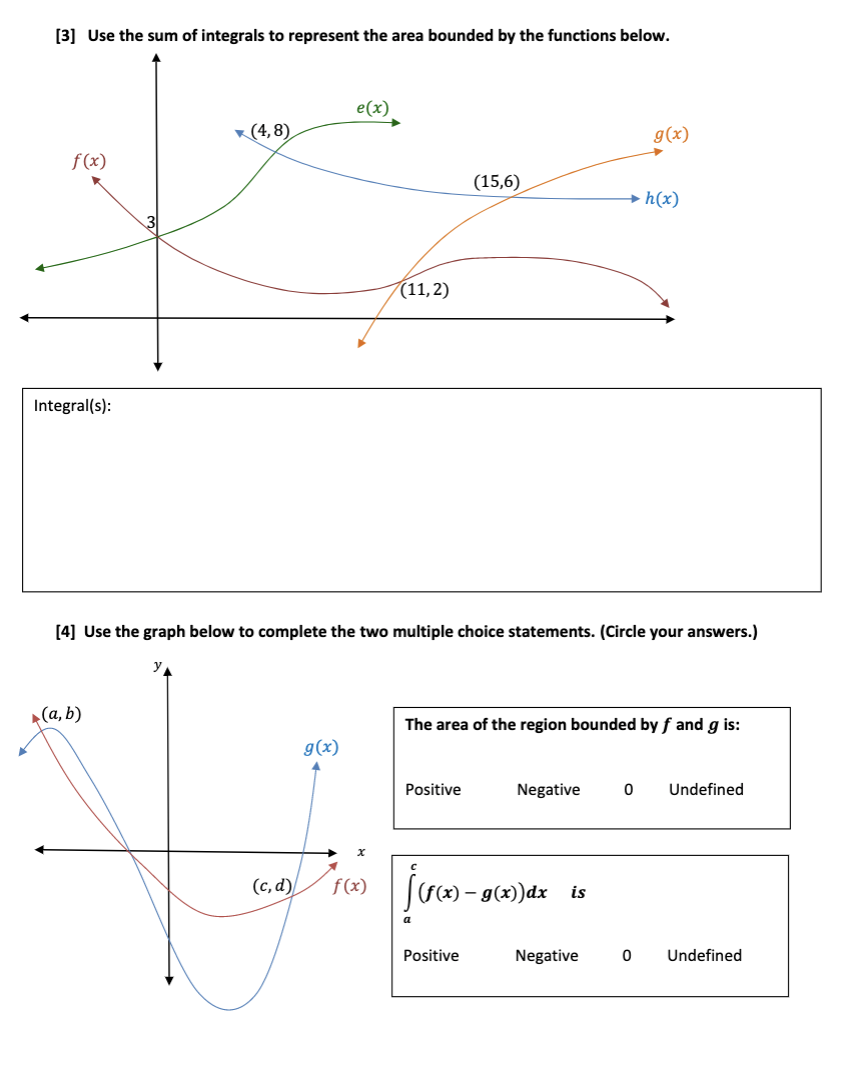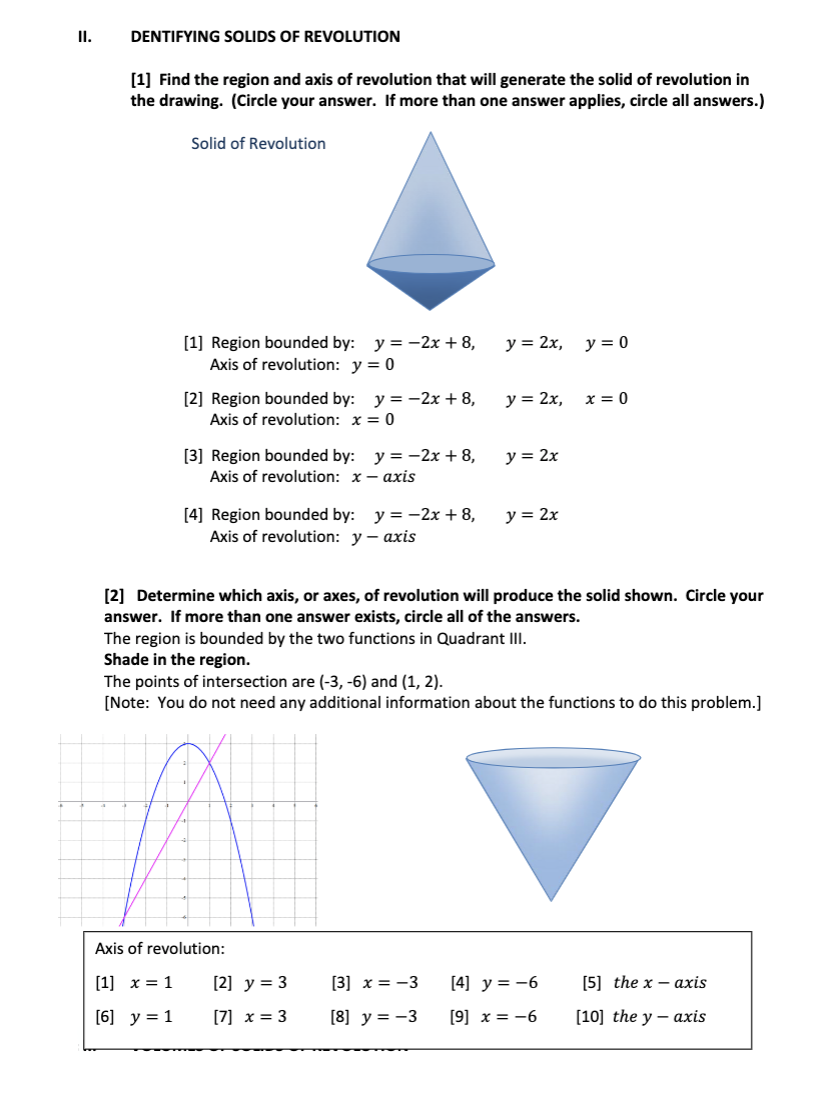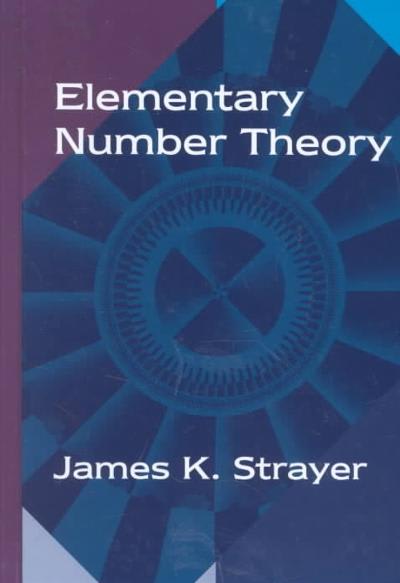Answered step by step
Verified Expert Solution
Question
1 Approved Answer
Please help! Clear Writing Shade in the described region. Use one or more integrals to represent the area of the region. Show all work finding



Please help!
Clear Writing
Shade in the described region. Use one or more integrals to represent the area of the region. Show all work finding the limits of integration when indicated. Do not evaluate the integrals!



Step by Step Solution
There are 3 Steps involved in it
Step: 1

Get Instant Access to Expert-Tailored Solutions
See step-by-step solutions with expert insights and AI powered tools for academic success
Step: 2

Step: 3

Ace Your Homework with AI
Get the answers you need in no time with our AI-driven, step-by-step assistance
Get Started


